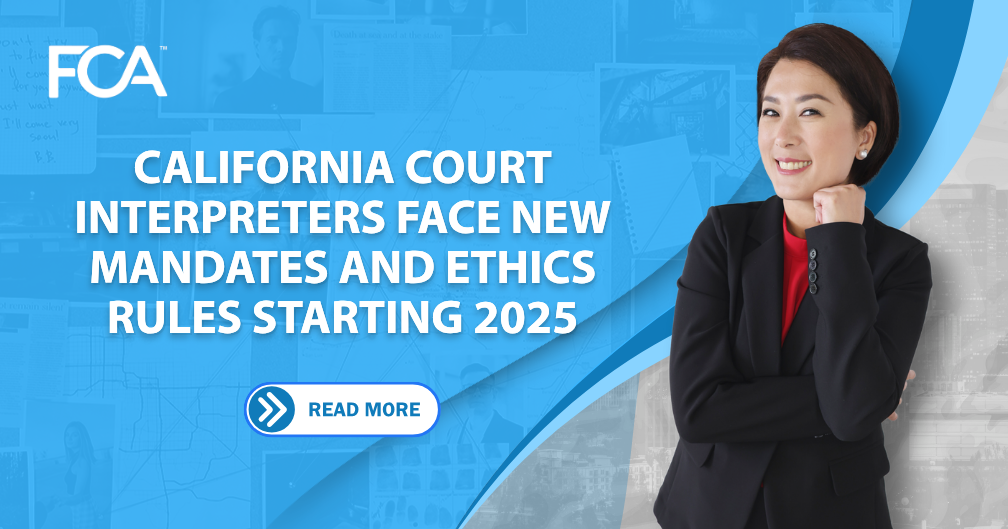A form of distracted driving (and negligence), rubbernecking is a common cause of car accidents. In fact, it’s one of the most dangerous activities while driving and can lead to a lawsuit if it causes an injury. Some perceive it as harmless, but rubbernecking can result in serious and fatal accidents, and itself often involves motorists turning their heads to see another accident, a vehicle that has pulled over, a citation or arrest being made, or an emergency or service vehicle.
When a driver suddenly slows down to look at something, the vehicle behind them has no time to react and a rear-end collision can occur. The distracted driver may also not see a vehicle in front of them, so doesn’t brake in time to avoid a crash. But that’s not all. The lack of attention can also result in head-on collisions and T-bone crashes. In some instances, multi-vehicle accidents have occurred due to rubbernecking.
Rubbernecking from a Legal Perspective
Consciously looking at something other than the road and other vehicles creates a visual and cognitive distraction. Taking your eyes off the road for just a couple of seconds is like driving with a blindfold on. Front- and rear-end collisions, opposite lane crashes, and sideswipes can happen due to the driver’s inattention.
Why rubbernecking occurs is something that’s been explored in detail. Mainly stemming from curiosity, it diverts attention from traffic, road hazards, weather conditions, pedestrians, and cars that have stopped or slowed down. But this curiosity can help prove negligence occurred, especially if you and your attorney can show the driver owned you a duty, and their breach of duty caused the accident that injured you. That duty is to keep their eyes on the road to drive safely and not be a risk to other drivers.
How Do I Prove Another Driver Was Negligent?
If the driver that crashed into you was looking at something else, missed a traffic signal, or swerved into another lane, their actions can be considered negligent in court. More than one party can be negligent as well. If so, compensation can be distributed based on each party’s degree of fault, as determined by the court or the facts of the case.
A negligent claim must be filed within two years of the date of the accident. You’ll need evidence such as photographs, videos, medical bills, witness accounts, and police reports. The sooner you receive medical treatment, the better, because it can directly connect your injuries to the rubbernecking accident.
What Kind of Compensation Can I Receive?
These kinds of accidents often result in broken bones, back injuries, whiplash and other neck injuries, spinal cord injuries, and traumatic brain injuries. Paralysis, amputation, and other permanent injuries aren’t uncommon. Often life altering, the effects can leave you unable to work and with a mountain of medical and healthcare bills on top of rent and daily expenses that you’re still responsible for.
If your lawsuit is successful, you can be compensated for economic damages such as lost income and benefits as well as past and future medical expenses. Noneconomic damages such as pain and suffering, mental anguish, and loss of consortium can be recovered as well.
Can Rubbernecking Be Prevented?
Practicing safe driving habits is the best way to exercise your duty to ensure the safety of others on the road. You can set a good example for younger drivers as well, who are at the highest risk of distracted driving. Not that you should ignore a car accident if one occurs in front of you or nearby. Slow down and navigate around the accident safely. Once you’re in a safe place, call 911 so that first responders can deal with any possible injuries there, without having additional casualties due to distracted drivers.
Apply for Legal Funding with Fund Capital America
If you’ve been injured in a rubbernecking accident, filing an auto accident lawsuit can be a complex ordeal. Reaching a settlement can take time. Fortunately, we offer a fast application process for non-recourse funding with no out-of-pocket costs. We provide financial relief options for plaintiffs and law firms, covered by the proceeds of a future settlement. To learn more about legal funding and our other services, apply now or call 855-870-2274.



